
Toxic ingestions of human psychiatric drugs can cause clinical signs in pets that range from sympathomimetic to anticholinergic.

Toxic ingestions of human psychiatric drugs can cause clinical signs in pets that range from sympathomimetic to anticholinergic.

Denise Rollings, CVT, VTS (Dentistry) discusses what ACVC sessions she is looking forward to attending

Preventing and treating pruritus and skin lesions requires a personalized patient plan

During a dvm360® interview, Angie Arora, MSW, RSW, describes the emotional path that led her to the career she loves

Erik Zager discusses why it's important for veterinarians to get comfortable treating heat stroke and shares quick pointers for recognizing and treating this emergency
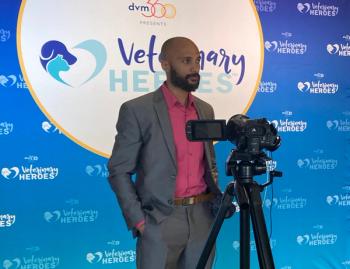
Alexandre Contreras, VT, winner of the Veterinary Heroes' veterinary paraprofessional category, describes the value that technicians bring to veterinary practices.
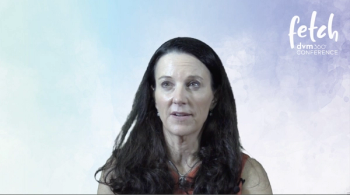
Michele Drake explains why it's too difficult to see the bigger picture from down in the trenches.
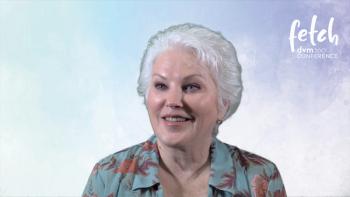
Jan Woods shares 3 important factors for remaining in compliance with DEA controlled substance regulations
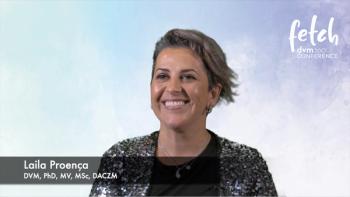
Laila Proença encourages clinicians to learn how to sedate avian patients so they can perform a physical exam and provide the same standard of care as dogs and cats

Denise Rollings, CVT, VTS (Dentistry) offers a sneak peek of her lecture on endodontic instruments for root canal therapy
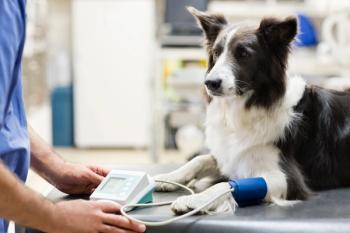
Liza W Rudolph, BAS, RVT, VTS (CP-CF, SAIM) explained the best practices of getting blood pressure measurements during the 2022 AVMA Convention

Not One More Vet is aiding individuals in crisis and working to improve mental health with assistance from industry partners like Suveto

Animal abuse is commonly linked to domestic violence. Your practice can prepare to help victims find a safe space.

Jennifer Conrad, DVM, explains what winning this award means to her, and her work
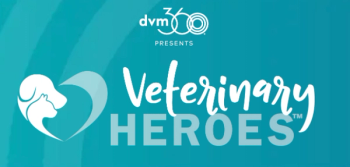
Get to know our feline medicine winner for the 2022 Veterinary Heroes™ Awards
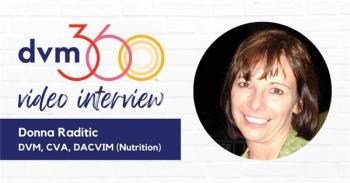
Dr Raditic explains why nutrition is crucial to veterinary medicine

Get to know our nutrition winner for the 2022 Veterinary Heroes™ Awards

Matthew McGlasson, DVM, CVM, the 2022 Veterinary Heroes winner for Practice Management, explains why he pursued practice management, plus why it is important to him.

Get to know our practice manager winner for the 2022 Veterinary Heroes™ Awards

James Noxon, DVM, DACVIM, the 2022 Veterinary Heroes winner for Dermatology, discusses the value of practicing this specialty in veterinary medicine.

Get to know our dermatology winner for the 2022 Veterinary Heroes™ Awards
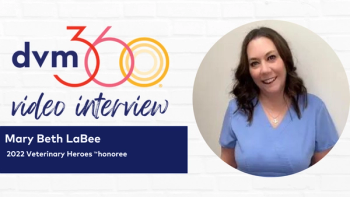
Mary Beth LaBee, the 2022 Veterinary Heroes winner for Client Service Representative, discusses what she enjoys most about her work.

Get to know our Client Service Representative winner for the 2022 Veterinary Heroes™ Awards
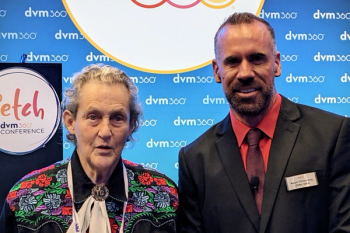
Temple Grandin, PhD makes the case for veterinary professionals to see the world the way their patients do

An emergency veterinary center in Hawaii and an animal hospital in Texas earned top honors in the annual dvm360® contest
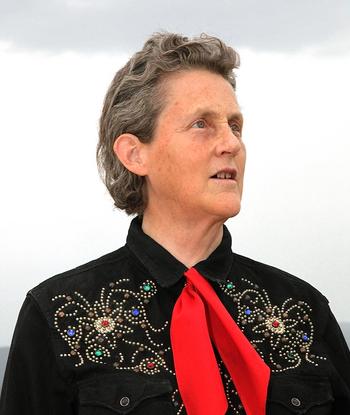
The world-renowned animal behaviorist and autism activist discusses her remarkable professional achievements
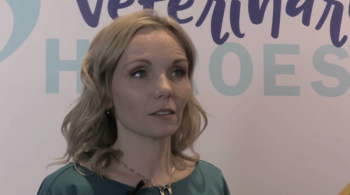
Andi Flory, DVM, DACVIM (Oncology), chief medical officer of PetDx and 2022 Veterinary Heroes™ honoree, discusses what makes the oncology speciality unique in veterinary practice.

Inspiring leaders representing the breadth of veterinary medicine are honored at a gala reception at the Fetch dvm360® Conference in Kansas City

Brad Sheasby and Vicki J. Pollard, AIA, NCARB, AAA, CVT share tips on lowering the cost of opening a new practice at the 2022 Fetch dvm360® conference in Kansas City, MO

The high-energy continuing education (CE) program covered a variety of topics with attendee participation.